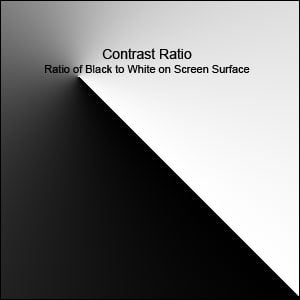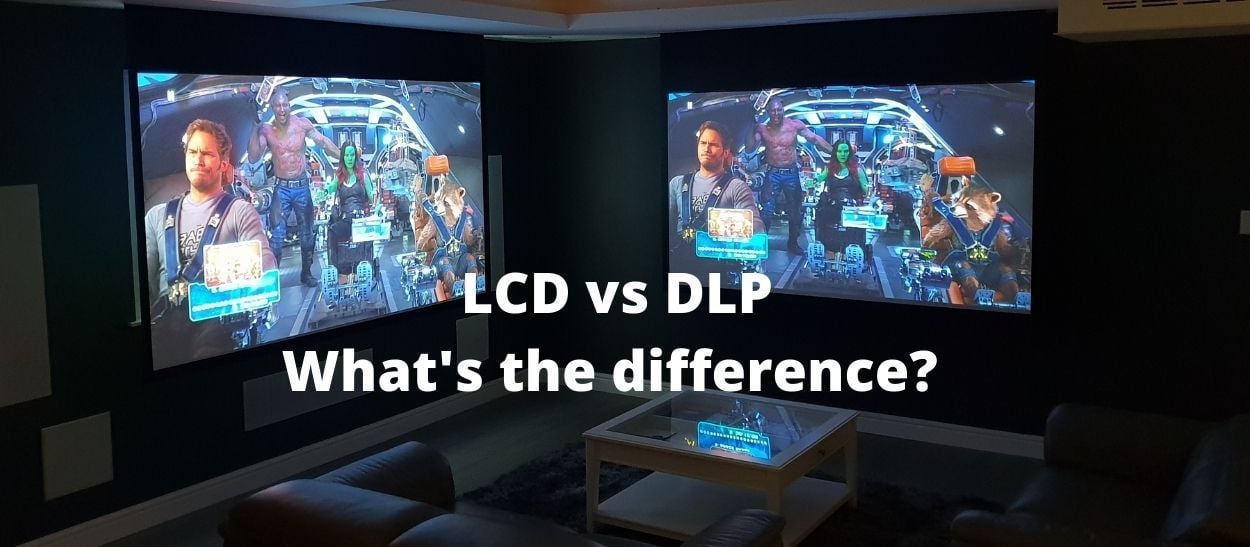What is Contrast and why does it matter?
What is Contrast and why does it matter?


The contrast or Contrast ratio is the measure of white to black and allows the viewer to see a higher range of colours and subtle shades. The higher the contrast ratio the higher the detail and quality within the projected image. High contrast ratio is important as it gives images and videos depth and makes them appear more realistic and less flat.
For example, a black outline of a circle on a blank sheet will look 2D and flat. However, when the shadow is applied, the circle will appear more 3D and realistic.
Below is an example of a contrast ratio, and how the level of contrast ratio can affect the vibrancy and overall quality of the projected image. The left image is clearer and more similar to real life as it has a higher contrast ratio. The right image is more faded and less vibrant as it has a lower contrast ratio.


There are two main types of contrast ratio - native contrast ratio and dynamic contrast ratio. Native contrast ratio is the narrower measurement of how dark the darker images are compared with how light the lighter images are that are displayed at the same time in the same projection. In LCD projectors, it’s what the crystal light displays do and in DLP projectors, it's what the DMD chips do.
Dynamic contrast senses what content is showing and then adjusts the overall light output accordingly by the use of a projector iris, similar to a camera. The iris will open in bright scenes and close in dark scenes to vary the overall light output from the bulb in real time, depending on what’s being projected.
Want a more visual explanation of f projector contrast ratio? Watch Contrast Ratio Explained - Youtube
If you also want to see some comparison videos of high contrast ratios and low contrast ratios, check out: Projector Contrast Ratio Comparison - Youtube

 USD $
USD $ EUR €
EUR €


